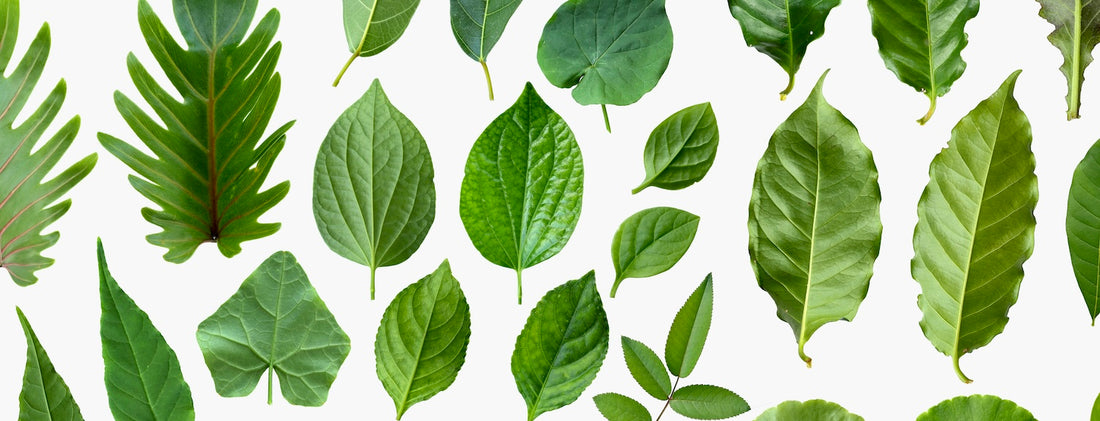When breeding any plant species there are certain outcomes that are considered desirable, these desirable outcomes are visibly shown in the form of traits and through successive breeding programs the breeder and the parental offspring achieve specific goals, it doesn’t end there though, once a breeder has stabilized a genotype, they can now either outbreed this line, inbreed it, reverse it or self-pollinate it.
That’s just how it is with breeding, using previous breeds that have desirable traits and then coming across new varieties that carry traits that would best compliment your future projects.
It is also worth noting that unless your parental breeding line is not landrace (untouched heirloom native) then it is safe to say that any seeds you plant to begin breeding with will be someone else’s work.
If we want to breed successfully we must consider as many variables/outcomes as possible, by physically observing the plant you’ll get better at searching for the traits you want to include in your breeds.
We must not forget environmental influence when searching for and breeding these traits together, very few environments are fully climate controlled, so if growing outside or inside but reliant on ambient conditions it may be worth growing out any new seeds over a year or 2 to see the morphological effect the environment has on the plant and flower, these environmental conditions are called abiotic factors.
Abiotic factors or components are external environmental stimuli, that are non-living chemical and physical parts of the environment that affects all living organisms and the functioning of ecosystems.
- Light
- Wind
- Water
- Humidity
- Temperature
“Variate, isolate, intermate, evaluate, multiplicate and disseminate are the key words in plant improvement.” – Rob. C. Clarke
Below are all the generalized traits that we can quantify in some way or another when looking through mass populations.
Typically Sought after Traits:
- Height & Branch structure
- Vigor & Environmental Adaptability
- Hardiness & Light tolerance
- Disease resilience
- Pest & Mould resilience
- Yield & Maturation
- Root & Leaf formation
- Gender
Next week we will break down and summarize all of these traits as well as move onto identifying floral and fiber traits.




